A sideboard might feel like an extra in a room; an unnecessary piece that takes up space. But with the right sideboard design and some fabulous styling decisions, the sideboard can become your favorite piece! Sideboards come in a variety of styles and sizes, with various features and details, so there’s something for everyone and every room. It’s the actual style that might become a little tricky, which inspired this how to on styling sideboards!
Sideboards, Credenzas, and Buffets
If you read the word sideboard and thought, “What’s that?” then you might know this piece of furniture by one of its other names: credenza or buffet. The differences, while there, are negligible, allowing you to use the terms interchangeably. However, if you’re searching for a specific look, it might help to know the small differences that will produce the results you’re looking for.
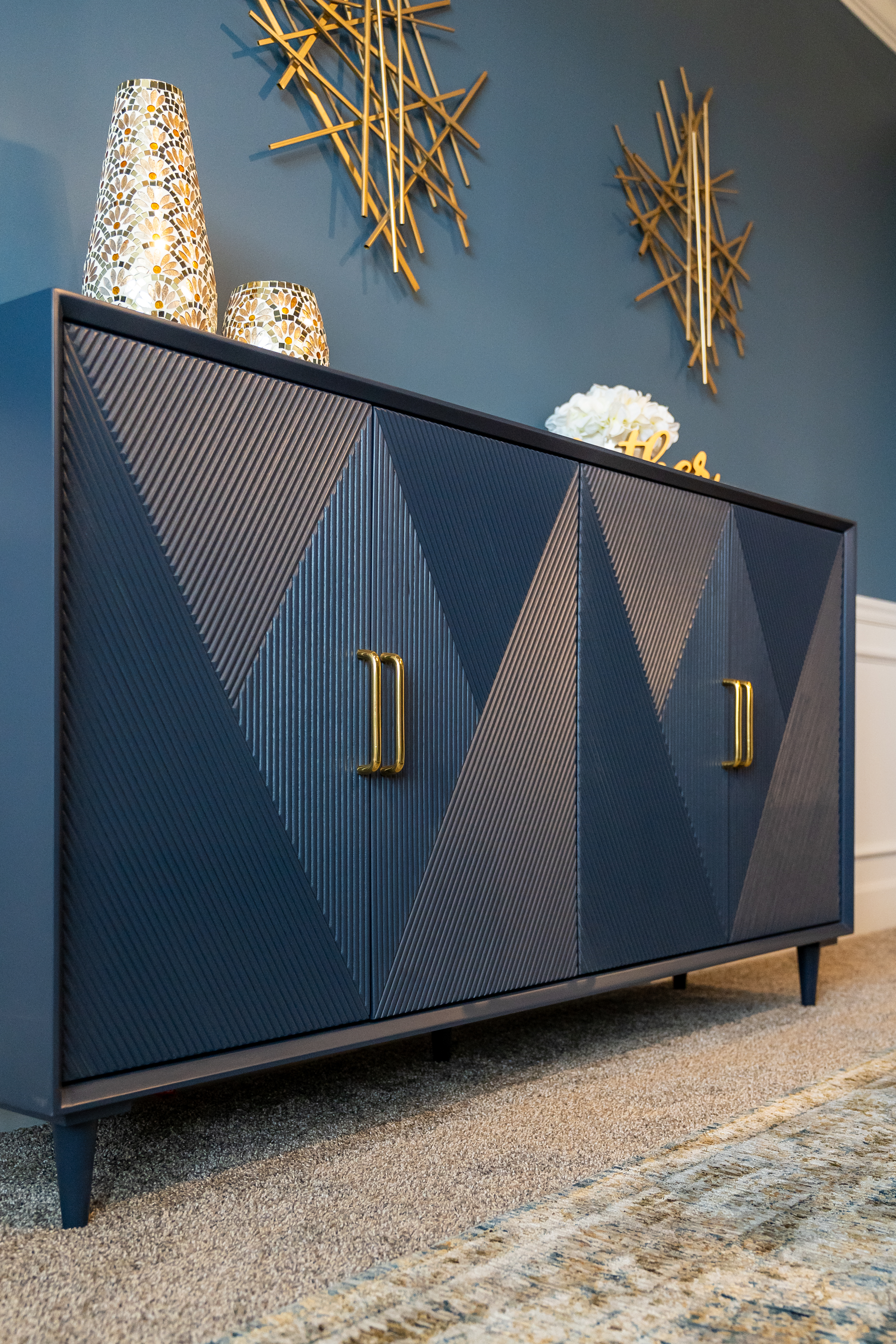
Sideboard
Sideboards typically have large cabinets that stretch all the way to the floor, making the piece a little chunkier and utilitarian in design. Sometimes, sideboards are accompanied by hutches (glass-fronted cabinet pieces that sit on top of the sideboard), and you might want to try searching “server” if you’re looking for a more functional piece for storage.
Credenza
Originally an Italian piece of furniture, the credenza is typically a bit smaller than the sideboard, and usually they have short legs and the addition of shelves. The credenza can be a little more decorative and because of their typical size and height, are great for laying out food, as well as acting as storage for serving dishes.
Buffet
Designed specifically for serving food, the buffet, has less storage and often looks like a normal table—perhaps with a few drawers or a cabinet to keep silverware, plates, napkins, etc. The buffet might be the better choice for smaller spaces, or if you’re looking for an adaptable piece to serve a few different purposes in the home.
If you’re not sure what you’re looking for, don’t sweat it. Search using all of these words (since they are now fairly interchangeable) and see what results you get. Or consult a designer to guide you through your room design to select a piece that works perfectly for your needs!
Styling A Sideboard
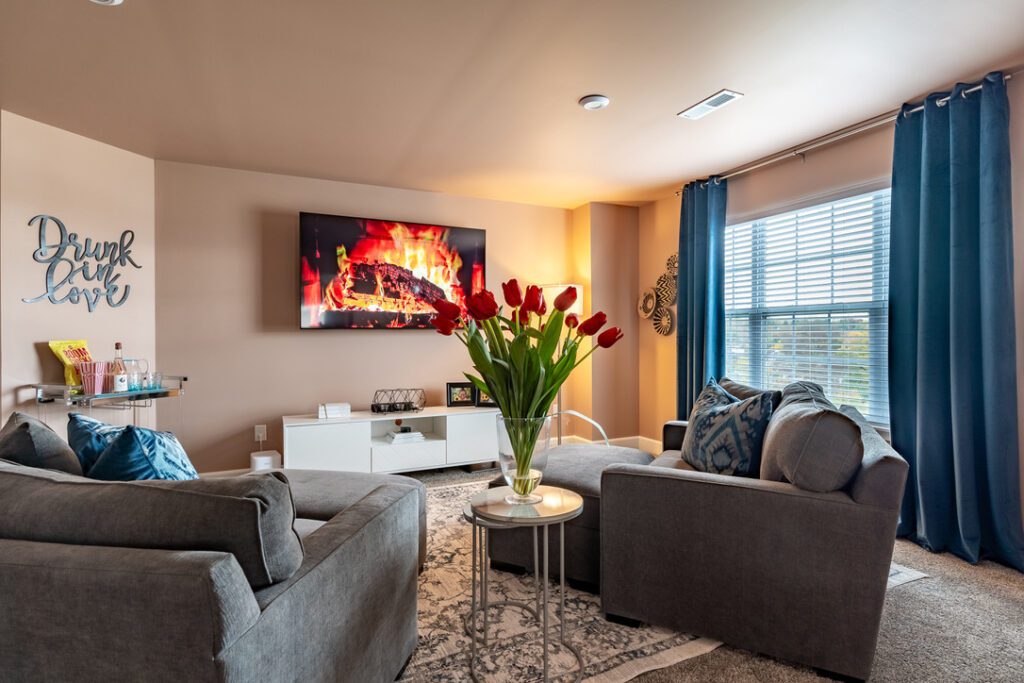
For the purposes of this blog, we will use the term sideboard to refer to all the varying styles. Ultimately, we are focusing on the table top surface of the sideboard when it comes to styling. Though if there are glass-front cabinet doors, we can address styling the shelves inside, too!
It all comes down to the items you have that you want to display. The more functional use of the sideboard is usually in living rooms as the TV stand or focal point, or the entryway where it will hold daily necessities.
In Living Rooms
The living room sideboard can serve a few different purposes. Primarily, living room sideboards typically hold the TV or are set under the TV to hold electronics, remotes, DVDs (does anyone else still use DVDs?), extra blankets, or board games, and hobby supplies.
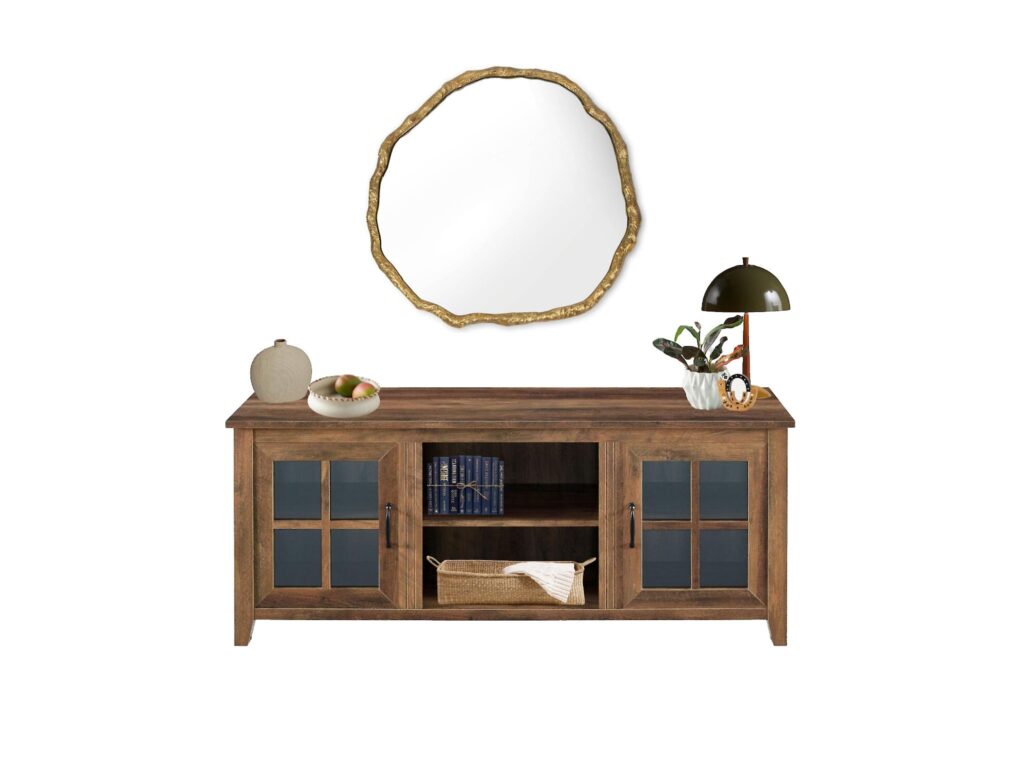
If the sideboard is not centered around the TV area, then it might be set by the living room entryway to hold key dishes. Or it might be placed off to the side for decor, books, lamps, and art. But the most important thing for the living room sideboard is for it to serve a purpose beyond just a TV stand.
My advice: Find a sideboard with plenty of storage—drawers, cabinets, and shelves. Then use the tabletop surface to display a small vase for flowers and seasonal greens. Add in a dish, basket, or box to hold remotes, and either some family photos or art. Above the sideboard, hang a decorative mirror, large painting, or the TV.
In Dining Rooms
Dining room sideboards will most likely be used to store dishes, place settings, place mats, napkins, glasses, and other items you might want easily accessible like lighters, candles and candlesticks, serving trays, coasters, extra chair leg caps, batteries, etc. The key here is functionality and a little less decoration.
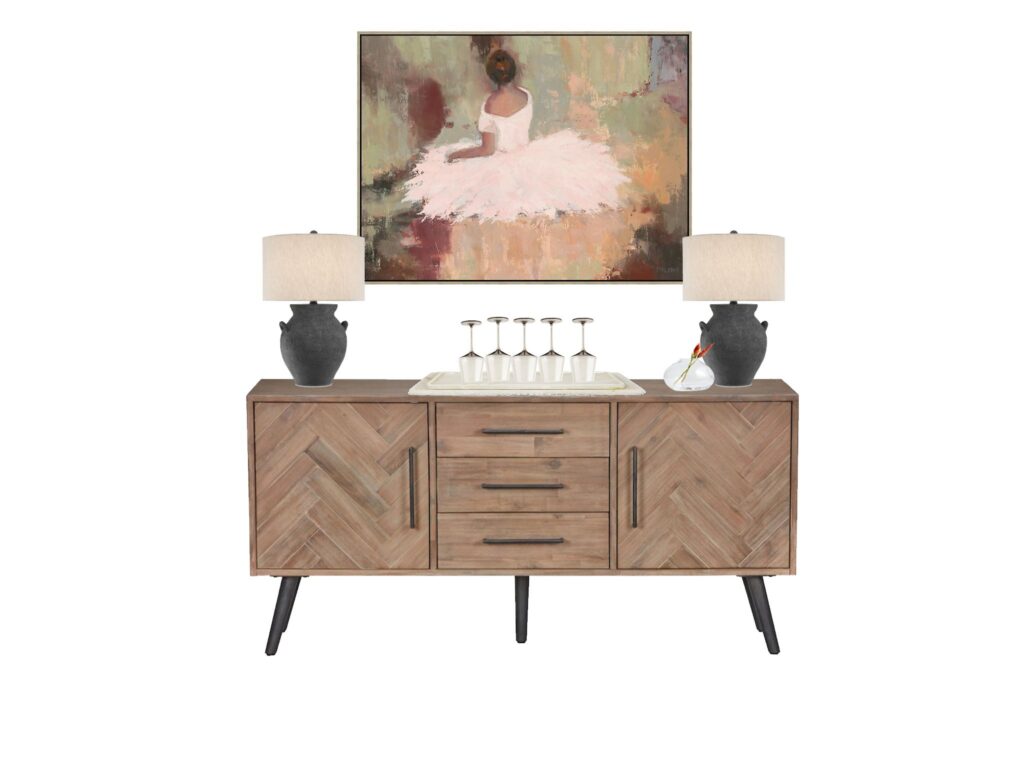
The dining room sideboard could be all cabinets if you want to use it as more of a server and liquor cabinet. Or opt for glass-fronted doors if you want to display your pretty dishes. If you just want to hide items away from guests, a solid-front sideboard with lots of drawers is the way to go.
My advice: Go for more of a traditional sideboard or credenza. For a lighter look to the piece of furniture, opt for legs that can double as a decorative element. Don’t be afraid of textured surfaces and artistic details. And use the top for table lights, a dish to hold decorative items, fruit, or easily-reached glasses. The wall above the dining room sideboard is the perfect place for art!
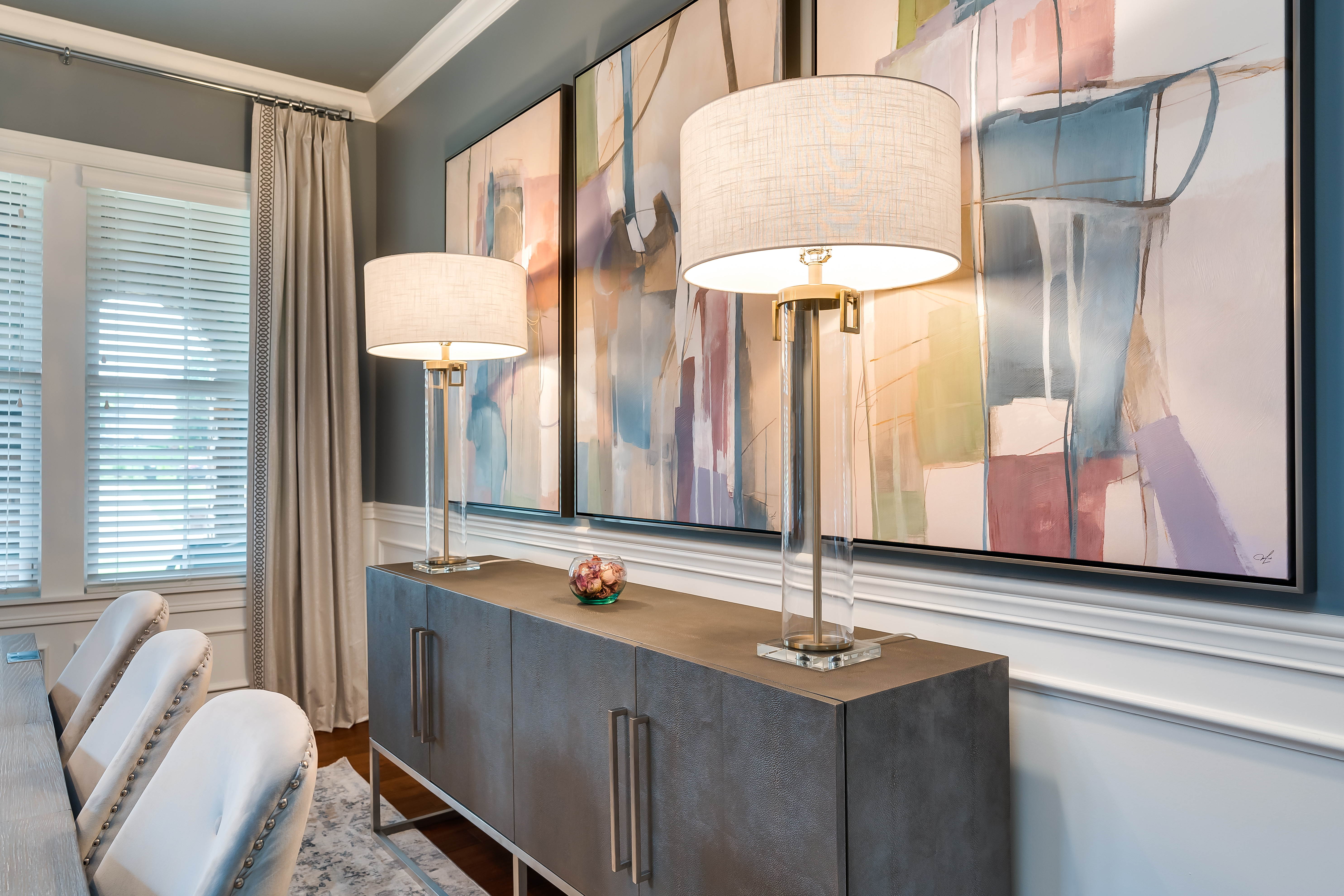
In Entryways
The entryway is a little different. For example they are smaller spaces that might need some creative thinking. For the entryway sideboard, it might be best to look at a variety of different table styles. Or even consider a coat rack with some attached shelving. Depending on how much traffic the space gets, and how many family members will need regular storage space, you might need some more creative solutions.
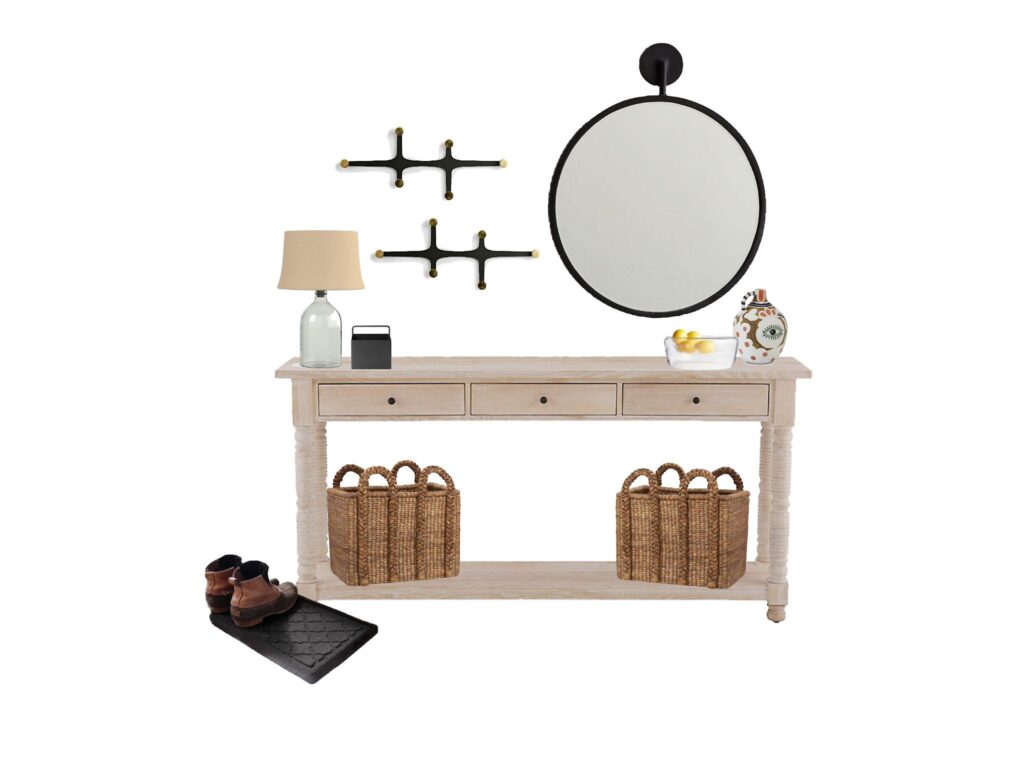
My advice: I would suggest finding a shallower buffet-style table, but make sure it has a few drawers or shelves. This table might have longer legs (perfect for basket or shoe storage underneath). Plus it can easily slide up against the wall to stay out of the way. A small table lamp, perhaps set on a timer, creates atmosphere and ensures you can see what you’re doing without shocking overhead light. Keep the tabletop fairly empty, though, with just what you need, maybe a basket or tray to hold keys. Use the wall space above it for a mirror, or for hooks that can hold smaller items.
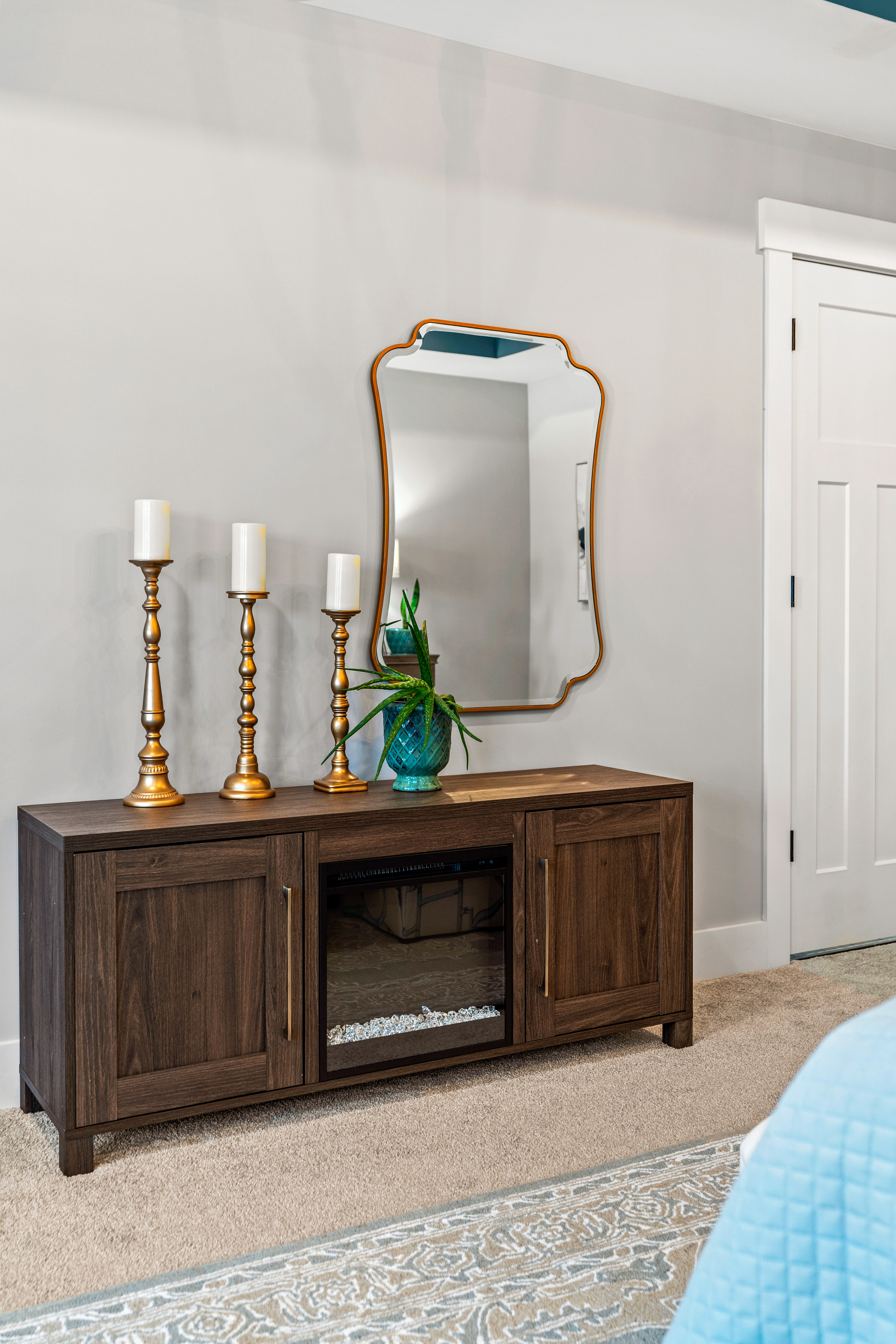
This is just the beginning of potential for sideboards. They can also be utilized in bedrooms, large bathrooms, and walk-in closets. However, in open spaces where guests will be welcomed, the sideboard plays the part of decor AND storage.
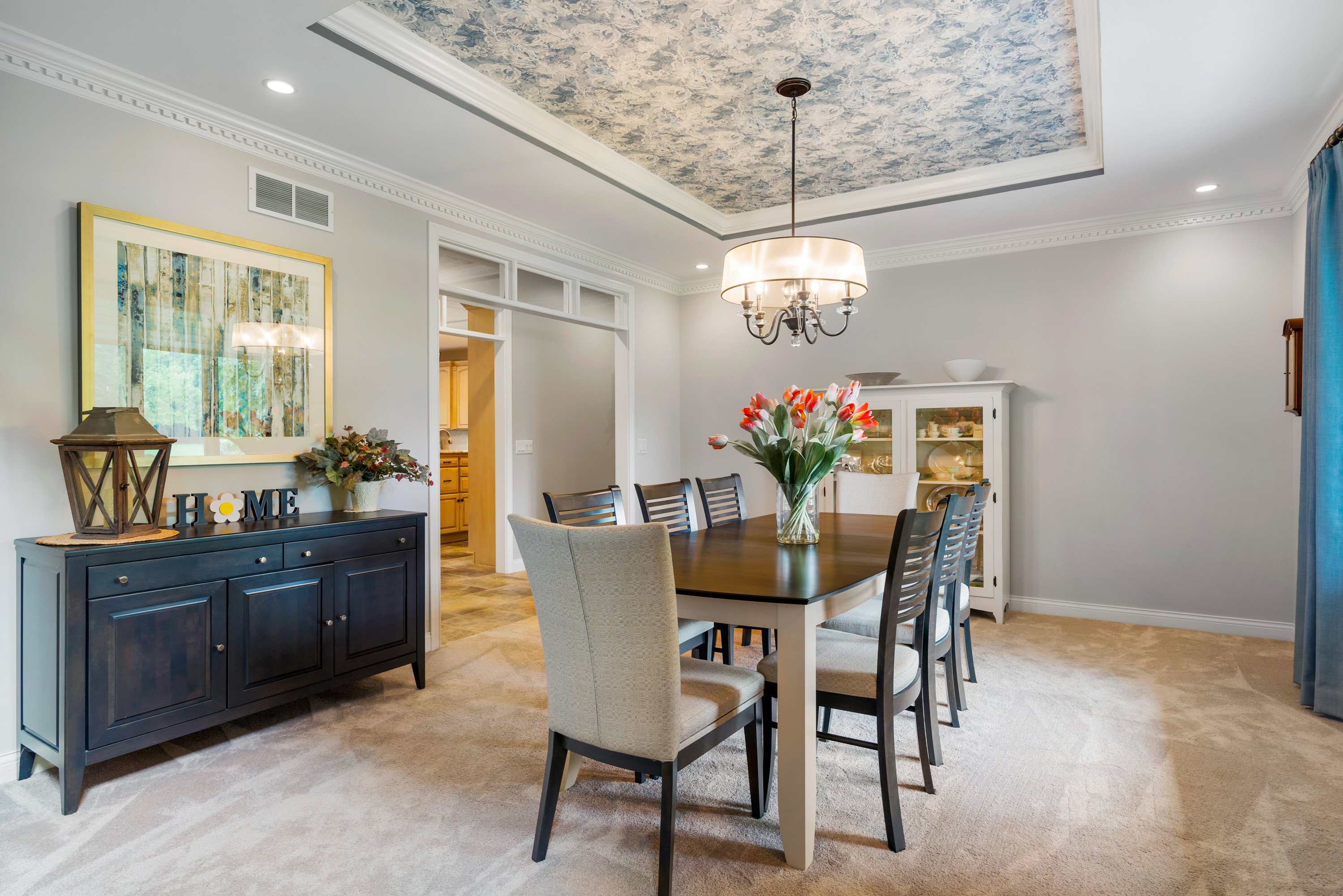
I hope this small how-to guide was helpful and inspirational! Do you want the designer’s touch? Get your own E-design layout (complete with shoppable links) – reach out today and collaborate with YDP!

